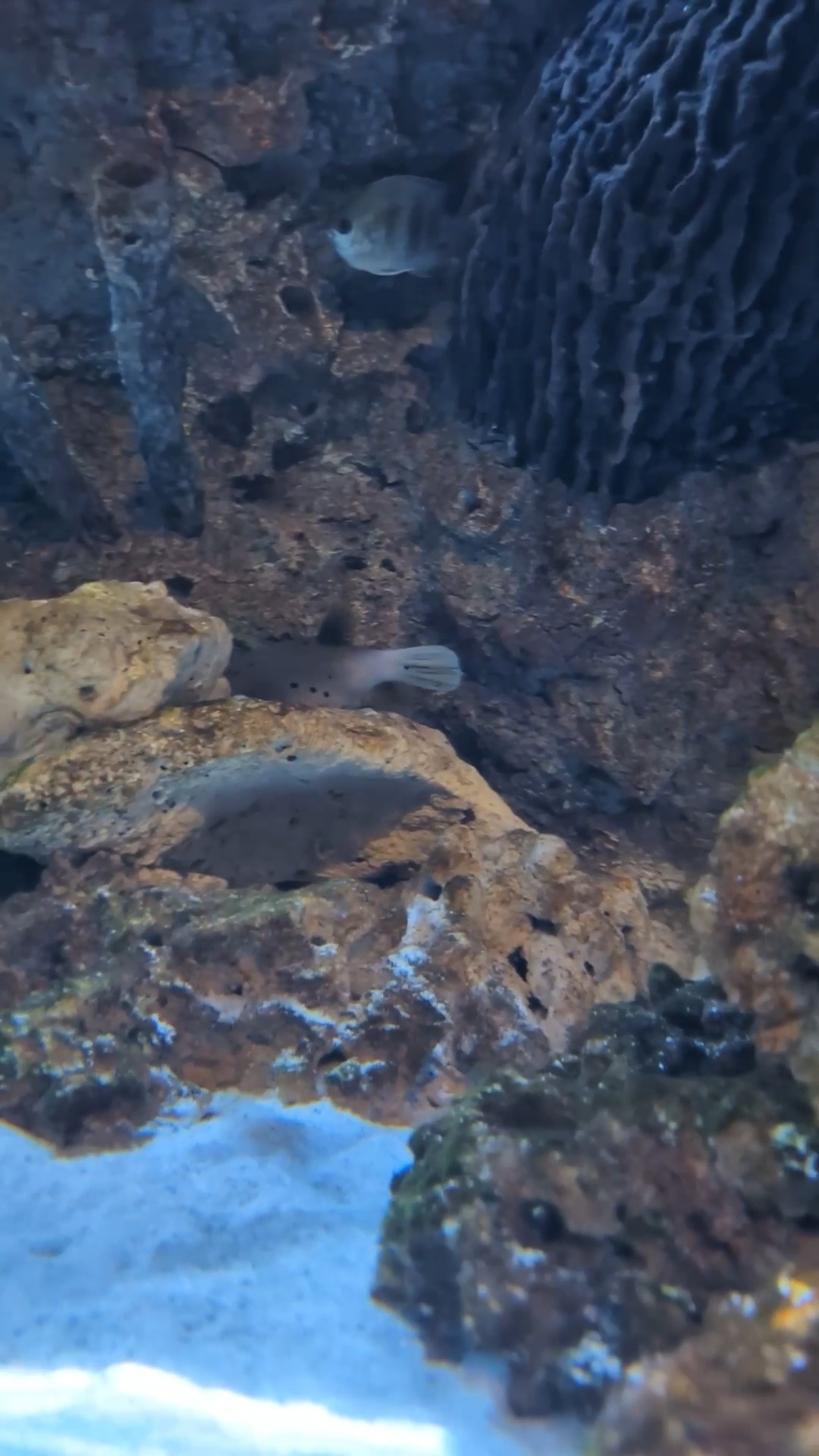- The blackspotted puffer fish’s unique physical features and resemblance to a dog face.
- Diet and feeding habits, including their use of beak-like teeth.
- Habitat preferences and distribution in tropical marine environments.
- Biological and ecological aspects of blackspotted puffer fish.
- Conservation efforts and challenges they face in marine ecosystems.
The blackspotted puffer fish, often referred to as the dog-faced puffer fish, displays a range of astonishing characteristics that captivate marine enthusiasts and researchers alike. Their popular nickname arises from their distinctive appearance—a round, expressive face paired with an affable demeanor akin to that of a friendly dog. This resemblance is more than superficial, adding intrigue to their impressive array of adaptations designed for survival in the wild.
One of the key adaptations of the blackspotted puffer is its strong dental structure. While they may appear friendly and harmless, these fish possess a set of formidable teeth fused into a beak-like structure. This adaptation allows them to break open the hard shells of mollusks and crustaceans, forming a significant part of their diet. Their feeding habits are a testament to their role as efficient foragers in coral reefs and tropical marine ecosystems.
Habitat preferences for blackspotted puffer fish tend to be well-defined. They are predominantly found in the warm, tropical waters of the Indo-Pacific region, inhabiting coral reefs and lagoons. These environments provide the ideal conditions for their survival, offering ample food sources and protective structures, essential for escaping predators and breeding. As with many marine species, a stable habitat is crucial for sustaining their populations.
Biologically, blackspotted puffer fish are fascinating. They possess a unique defense mechanism: the ability to inflate their bodies by ingesting water, making them appear larger to potential threats. This is an instinctive response to danger, discouraging predators who may think twice before attacking what seems to be a much larger adversary. Additionally, puffer fish are known for containing tetrodotoxin, a potent neurotoxin, which serves as an additional deterrent against predation.
Conserving the blackspotted puffer fish involves addressing several marine environmental challenges. As coral reefs face increasing threats from climate change, pollution, and human activity, the habitats crucial to the survival of these fish are under severe pressure. Efforts to protect coral reefs are paramount in ensuring the longevity of the dog-faced puffer fish populations. Conservation programs focus on habitat preservation, reduction of pollution, and sustainable fishing practices to mitigate these issues.
The blackspotted puffer fish stands out not just for its unique appearance but also for its vital role in marine ecosystems. Understanding their physical and biological features provides insights into the complexities of coral reef habitats and highlights the importance of conservation efforts to protect these remarkable creatures. By promoting awareness and fostering responsible environmental stewardship, the balance and diversity of marine life can be sustained for future generations to appreciate and study.
*****
Source Description
The blackspotted puffer fish is also known as the dog-faced puffer fish — and it’s easy to see the resemblance! These fish have strong teeth that act like a beak, which can be used to break open the hard shells of the molluscs they like to eat.


